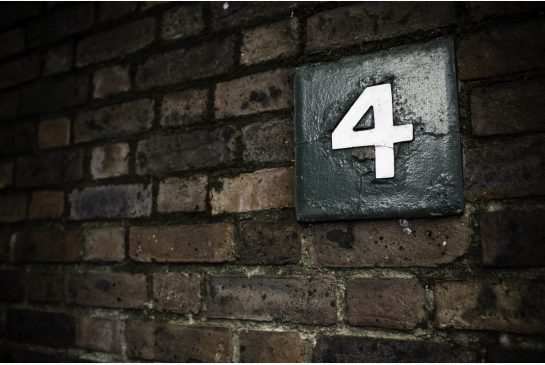4 Ways To Tackle The Paradox Of Choice In Web Design
The Paradox of Choice is a concept by American psychologist Barry Schwartz. In the book, Schwartz argues that eliminating consumer choices can greatly reduce anxiety for shoppers. This is a concept that is often linked to smart web design. Often, merchants pile link after link of their options on their homepage in hopes that at least one action will appeal to visitors. The reality is that case studies have shown that limiting options actually increases sales. For example, in a recent case study by Ancestry.com, they increased their conversion by 20% by simply limiting their choices. The reason? According to the Paradox Of Choice, too many options cause anxiety. If forced to choose “the right choice” or none oftentimes visitors will choose none to avoid the stress. They might go to another website selling the same thing that has a better design and less options.
This doesn’t mean that you shouldn’t have options on your site. It means that you have to be smart about the way you display the information. Here are four ways to improve web design using the theory of The Paradox of Choice.
1. Put all of your calls to action in one area of your homepage. Don’t attack people with all of your offers, don’t have buttons pingpong around the site, have it in one area. Make sure that all of your information, all of your content, leads the visitor towards your call to action area in a logical way.
2. If you have a lot of information organize it in a way that won’t stress people out. Our company works in PCI Compliance and the info, case studies, can be lengthy, boring, and verbose. We don’t want to smother our customers in information but we also don’t want to leave them searching for more. The easiest way to do this is by briefly touching on points and including a link to another page on your website or blog that goes deeper into the subject. For example, “We’ve done so many case-studies about how awesome we are. We are super awesome. For graphs showing our research and certificates that prove we’re awesome click HERE.”
3. Make your call-to-action buttons, links, etc., clear and concise. Don’t put, “for more information,” and then have a button that leads to four other buttons with different actions. Just have, “Chat,” or “email” or “buy” or whatever. Having one action lead to other actions is just as confusing as splattering many all over your page.
4. This goes along with number 3 but it’s also important to show clearly how each call to action is different. Some of them can be extremely confusing, especially when dealing with technical things. Don’t put, “Butterfly house” and “Butterfly hut.” You’d be surprised by how often people make this mistake. The differences are so obvious to the merchant but they don’t realize that to a visitor it totally doesn’t make any sense at all. It’s better to have, “Butterfly Homes,” and have everything compiled on that one page. Butterfly mansions, castles, anything you can imagine for the majestic butterfly to buy or rent. Just be clear.



